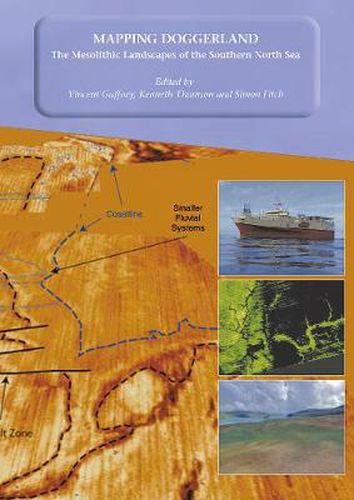Readings Newsletter
Become a Readings Member to make your shopping experience even easier.
Sign in or sign up for free!
You’re not far away from qualifying for FREE standard shipping within Australia
You’ve qualified for FREE standard shipping within Australia
The cart is loading…






12,000 years ago the area that now forms the southern North Sea was dry land: a vast plain populated by Mesolithic hunter-gatherers. By 5,500 BC the entire area had disappeared beneath the sea as a consequence of rising sea levels. Until now, this unique landscape remained hidden from view and almost entirely unknown. The North Sea Palaeolandscape Project, funded by the Aggregates Levy Sustainability Fund, have mapped 23,000 km2 of this lost world using seismic data collected for mineral exploration. Mapping Doggerland demonstrates that the North Sea covers one of the largest and best preserved prehistoric landscapes in Europe. In mapping this exceptional landscape the project has begun to provide an insight into the historic impact of the last great phase of global warming experienced by modern man and to assess the significance of the massive loss of European land that occurred as a consequence of climate change.
$9.00 standard shipping within Australia
FREE standard shipping within Australia for orders over $100.00
Express & International shipping calculated at checkout
12,000 years ago the area that now forms the southern North Sea was dry land: a vast plain populated by Mesolithic hunter-gatherers. By 5,500 BC the entire area had disappeared beneath the sea as a consequence of rising sea levels. Until now, this unique landscape remained hidden from view and almost entirely unknown. The North Sea Palaeolandscape Project, funded by the Aggregates Levy Sustainability Fund, have mapped 23,000 km2 of this lost world using seismic data collected for mineral exploration. Mapping Doggerland demonstrates that the North Sea covers one of the largest and best preserved prehistoric landscapes in Europe. In mapping this exceptional landscape the project has begun to provide an insight into the historic impact of the last great phase of global warming experienced by modern man and to assess the significance of the massive loss of European land that occurred as a consequence of climate change.